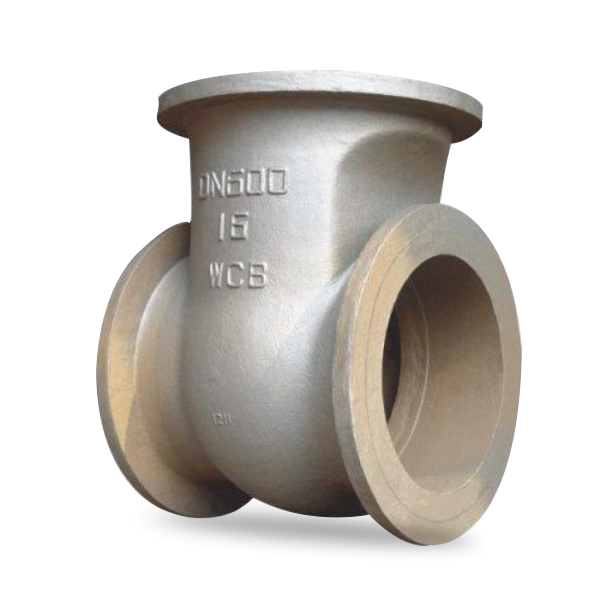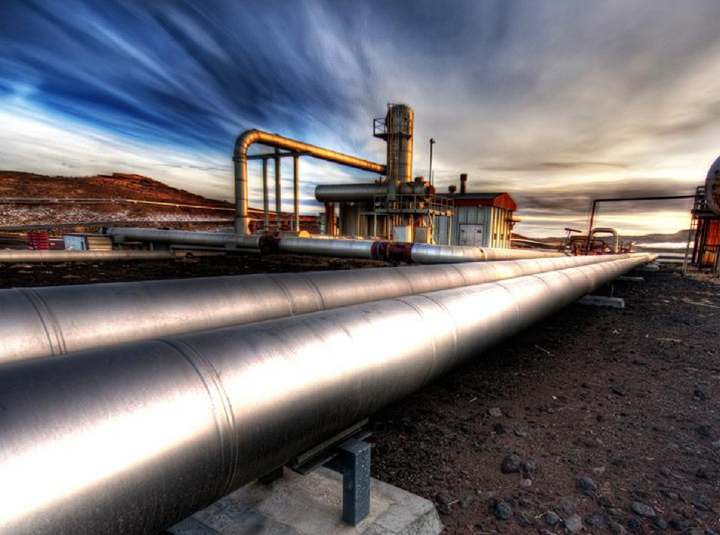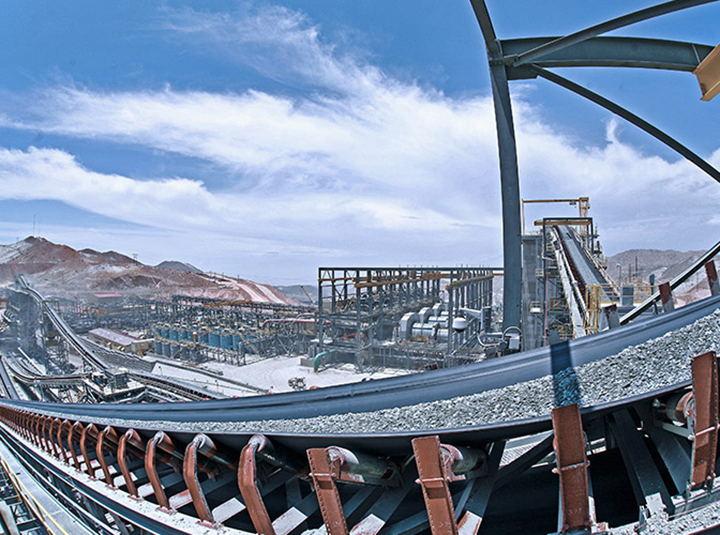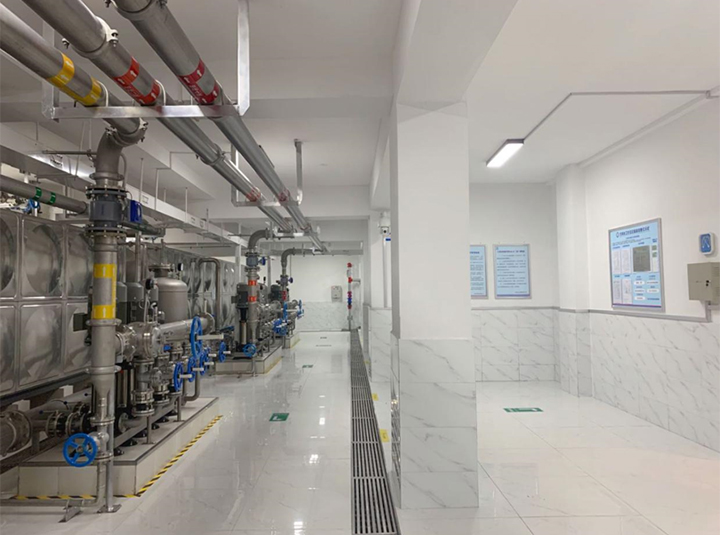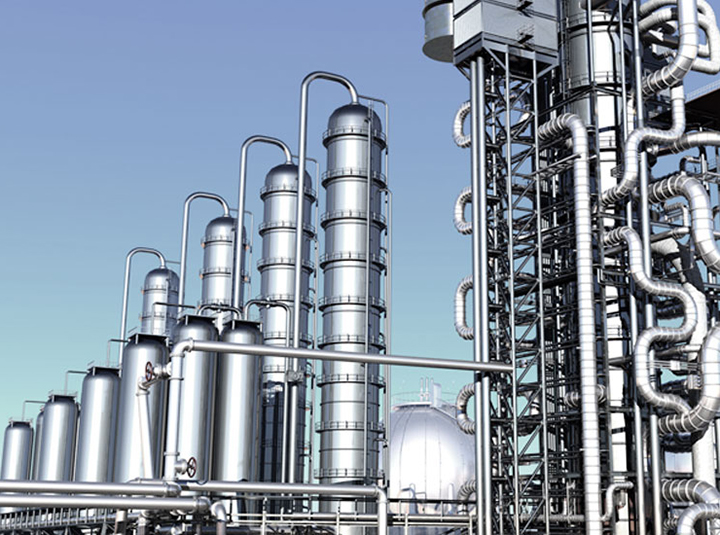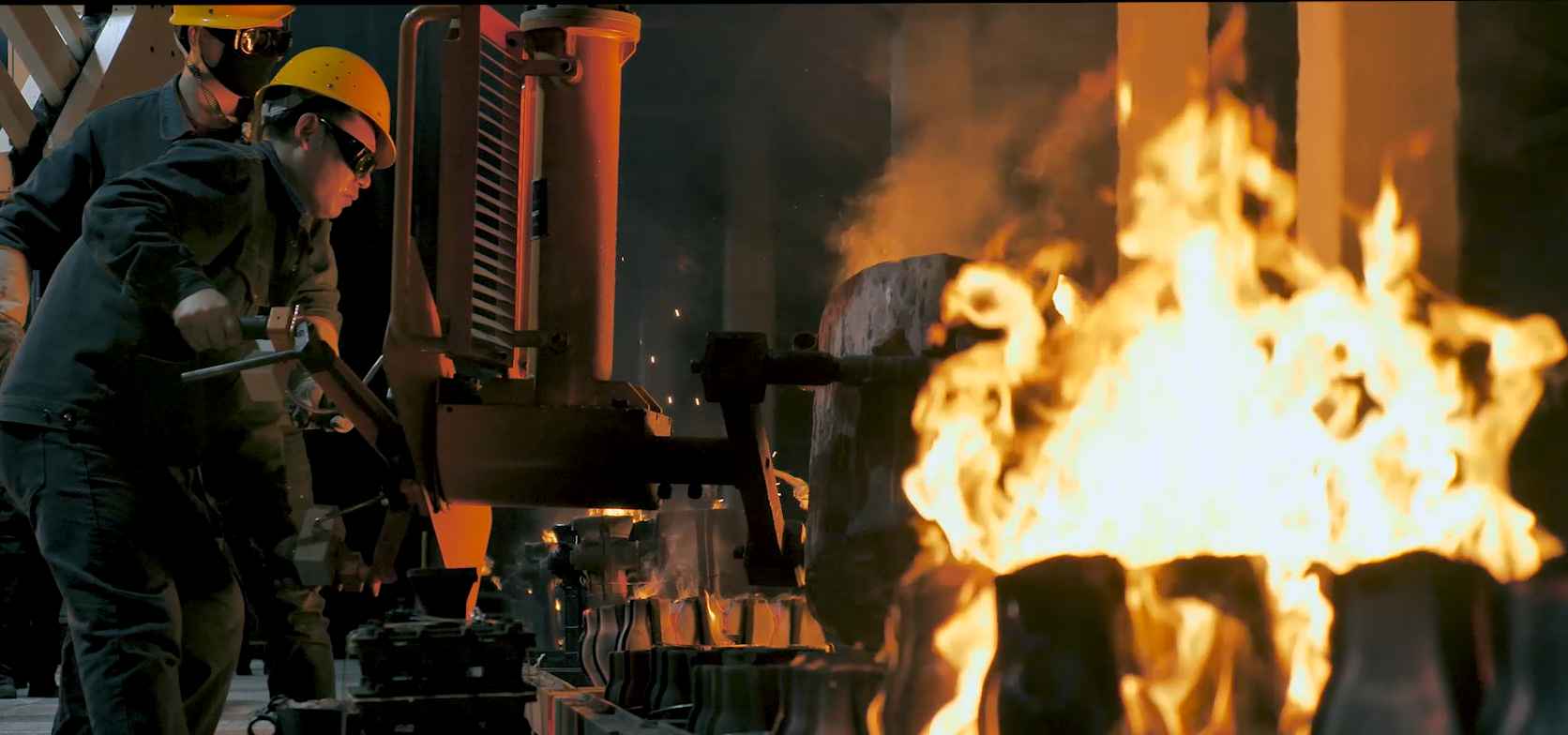Introduction
Ball valves are ubiquitous in industrial pipelines, renowned for their simplicity, reliability, and adaptability. This article delves into the intricacies of ball valves, discussing their construction, operation, types, materials, and applications in various industries.
Construction and Operation
Ball valves consist of a spherical ball with a central bore that is rotated 90 degrees to control the flow of fluid. The ball is housed within a valve body, which contains two end connections for pipe attachment. The ball and body are sealed with O-rings or other sealing elements to prevent leakage.
Types
Ball valves are classified into various types based on their design and application:
Floating Ball Valve: The ball is supported by the upstream pressure, which applies force to the downstream seat.
Trunnion Ball Valve:The ball is supported by a trunnion, ensuring stability under high pressure differentials.
Single-seated Ball Valve: Has a single seat that seals against the ball, providing a leak-proof closure.
Double-seated Ball Valve:Employs two seats that seal against the ball, offering higher reliability and pressure containment.
Materials
Ball valves are manufactured from a wide range of materials, including:
Brass:Used in low-pressure applications for water, air, and gas.
Stainless Steel:Durable and resistant to corrosion, ideal for chemical, petrochemical, and food processing industries.
Monel:High-strength alloy for demanding applications involving corrosive fluids.
PVDF (Polyvinylidene Fluoride):Resistant to chemicals and solvents, suitable for pharmaceutical and electronics applications.
Applications
Ball valves find extensive use in numerous industries:
Power Generation:Regulating fuel and condensate lines in power plants.
Chemical Processing:Controlling flow of corrosive fluids and gases.
Petrochemical:Isolate and divert pipelines in oil refineries and gas plants.
Food Processing:Hygienic and easy to clean, ideal for fluid handling in food manufacturing.
Water Treatment:Regulating water flow in municipal and industrial water systems.
Advantages
The key advantages of ball valves include:
Compact Size and Lightweight:Facilitates installation and space optimization.
Quick and Easy Operation:90-degree rotation for full open or close.
Excellent Flow Control:Minimal pressure drop and accurate flow regulation.
Low Maintenance:Simple construction and reliable operation.
Wide Range of Materials:Adaptable to various process conditions.
Conclusion
Ball valves are versatile and reliable flow control devices essential for industrial applications. Their simple design, efficient operation, and wide material options make them suitable for a diverse range of industries. Understanding the construction, types, materials, and advantages of ball valves is crucial for selecting the optimal solution for specific process requirements.



